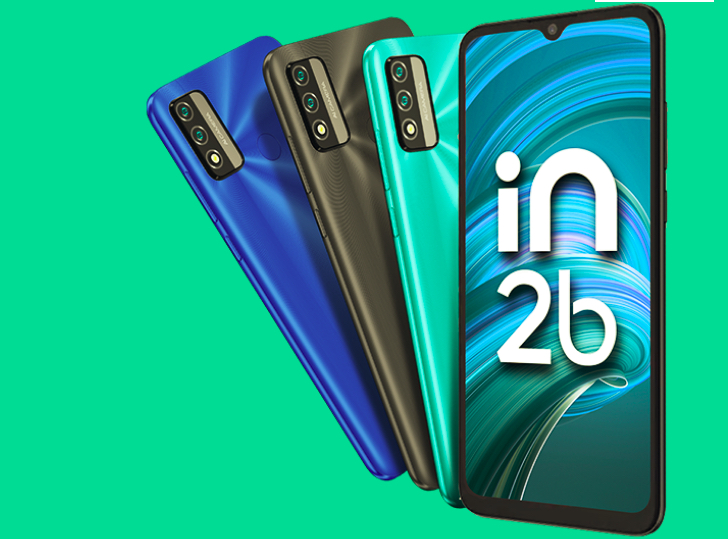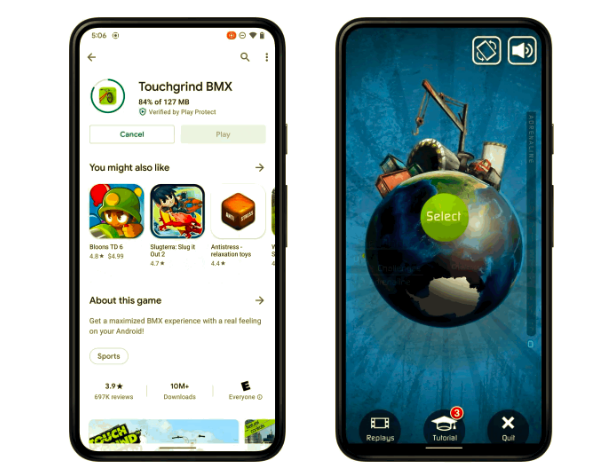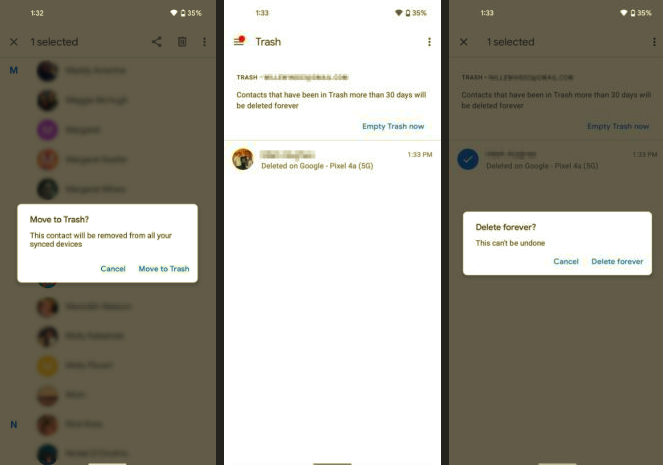
Earlier this year, both Samsung and LG were making promises, repeatedly, that they would launch a phone by Christmas that featured a flexible display. Samsung technically won the war by launching the Galaxy Round first, but it’s LG that’s going to bring their device, the G Flex, to international markets. France has already been confirmed for a February 2014 release date, and according to @evleaks, three out of the top four American wireless operators will be carrying the G Flex as well.
But enough backstory, let’s get to the juicy stuff, watching a phone get violated in oh so many ways. The video above, recorded by YouTube sensation MKBHD, features the G Flex getting squashed and sliced to demonstrate both the “self healing” paint and the device’s structural flexibility. As the headline already says, the G Flex passes MKBHD’s tests with flying colors, which you’d expect given the kind of technology that LG has implemented.
What makes the G Flex actually flex? Unlike all the screens that exist today, which use a glass substrate, the G Flex and the Galaxy Round use plastic. What’s a substrate? It’s where all the pixels on your screen sit. If you change that surface to plastic, you obviously get all the benefits, including durability. It remains to be seen if LCD displays can ever go flexible, however, because they require a light source, whereas OLED displays do not, hence why they’re the first to get their groove on.



















